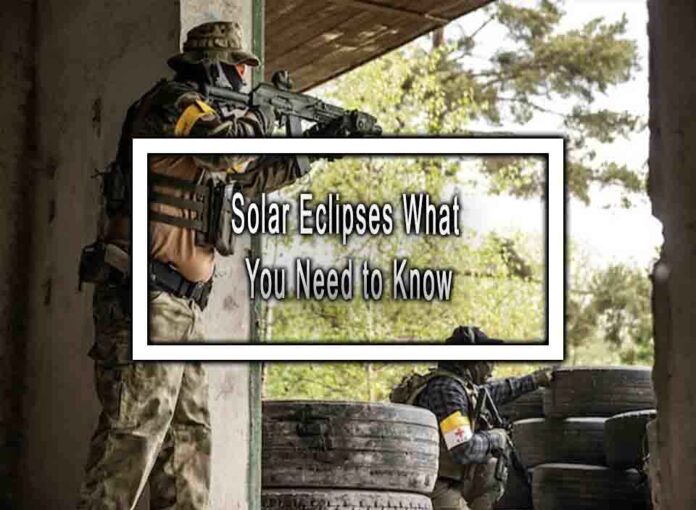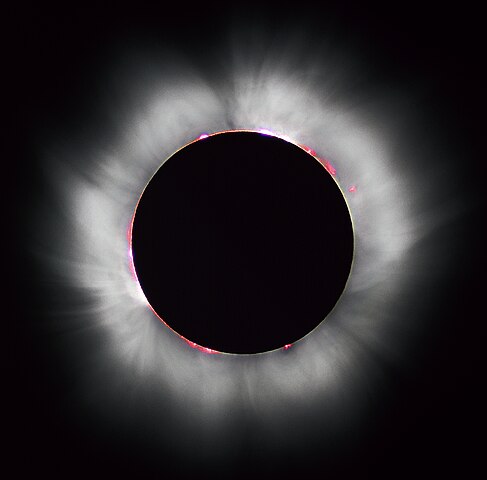A solar eclipse is a fascinating celestial event that occurs when the Moon passes between the Sun and Earth, temporarily blocking the Sun’s light. Here’s what you need to know about solar eclipses:
1. Types of Solar Eclipses:
- Total Solar Eclipse: In a total solar eclipse, the Moon completely covers the Sun, creating a brief period of darkness. This is often referred to as “totality.” Total solar eclipses are rare and can only be seen from a specific path on Earth.
- Partial Solar Eclipse: In a partial solar eclipse, the Moon partially covers the Sun, but it doesn’t block the Sun completely. This can be observed from a wider area on Earth, outside the path of totality.

- Annular Solar Eclipse: An annular solar eclipse occurs when the Moon covers the center of the Sun, leaving a ring-like or annulus-shaped portion of the Sun’s outer edge visible. Annular eclipses happen when the Moon is near its apogee, the farthest point from Earth in its orbit.
2. Solar Eclipse Viewing Safety:
- It is essential to view a solar eclipse safely to protect your eyes. Staring at the Sun, even during an eclipse, can cause severe eye damage or blindness. To view an eclipse safely, you can use solar viewing glasses, solar filters for telescopes or binoculars, or indirect methods like pinhole projectors.
3. Path of Totality:
- The path of totality is the narrow strip on Earth’s surface where a total solar eclipse is visible. To experience a total eclipse, you must be within this path. The path changes with each eclipse, and astronomers and eclipse enthusiasts often travel to be in the right place at the right time.
4. Frequency of Solar Eclipses:
- Solar eclipses are relatively common, with several occurring around the world each year. However, total solar eclipses, where the Sun is completely blocked by the Moon, are less frequent and can be observed from a specific location roughly every 18 months on average.
5. Eclipse Timing:
- The timing of a solar eclipse is precise and can be predicted well in advance. Eclipse predictions include information about the start and end times of the eclipse, the duration of totality (if applicable), and the path it will follow.
6. Eclipse Chasing:
- Some people are dedicated eclipse chasers who travel to different parts of the world to witness total solar eclipses. These events often draw large crowds of enthusiastic observers.
7. Scientific Importance:
- Solar eclipses have played a crucial role in advancing our understanding of the Sun, Moon, and Earth’s atmosphere. They have been used to study the Sun’s outer atmosphere (corona), test Einstein’s theory of general relativity, and observe the Sun’s magnetic field.
8. Cultural and Historical Significance:
- Solar eclipses have been the subject of awe, curiosity, and myths in various cultures throughout history. They have often been seen as significant events with religious or cultural importance.
9. Upcoming Solar Eclipses:
- Solar eclipses occur regularly, and there are always future eclipses to look forward to. To plan for upcoming eclipses, check astronomical websites or consult eclipse prediction resources.
In summary, solar eclipses are awe-inspiring celestial events that offer a rare opportunity to witness the alignment of the Sun, Moon, and Earth. Safety is paramount when observing a solar eclipse, so use appropriate eye protection or indirect viewing methods to enjoy this natural wonder without risking eye damage.











